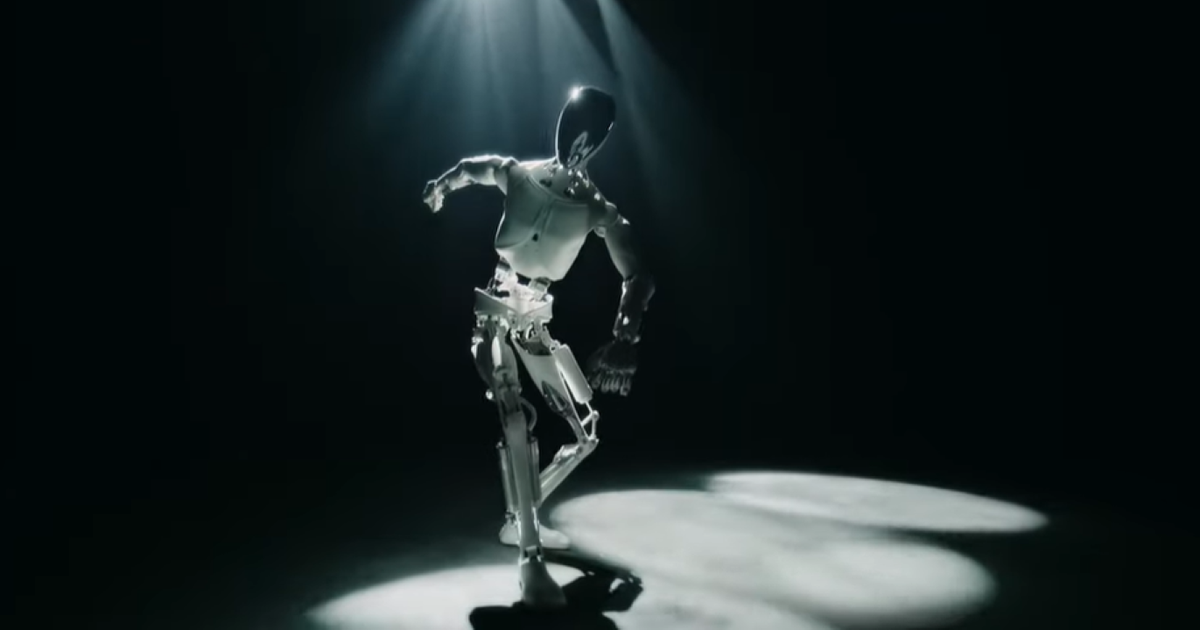
A New Contender in the Humanoid Robot Arena
The development of humanoid robots is rapidly advancing, with new players entering the field and pushing the boundaries of what's possible. This article explores a recent breakthrough by an electric vehicle manufacturer that has created a humanoid robot capable of challenging established models, highlighting its potential impact on various industries.
Innovative Design and Capabilities
This new humanoid robot boasts a design that prioritizes functionality and potential for widespread application. Key features include:
- Dexterous Manipulation: The robot is engineered with advanced joint articulation, allowing for fine motor control and the ability to perform intricate tasks previously thought to be exclusively within human capability. This includes grasping and manipulating a variety of objects with precision.
- Agile Locomotion: Significant research has gone into its bipedal movement system, enabling it to navigate diverse environments. This includes maintaining balance on uneven surfaces and moving with a fluidity that approaches human gait.
- Advanced Sensory Systems: Integrated with sophisticated sensors, the robot can perceive its surroundings in detail. This includes visual recognition for object identification and spatial awareness, as well as tactile feedback for safe interaction with its environment and other beings.
Applications and Future Potential
The capabilities of this new humanoid robot open up a wide range of potential applications across multiple sectors. Its development signifies a move towards more versatile and adaptable robotic solutions.
- Industrial Automation: The dexterity and mobility of the robot make it a strong candidate for tasks in manufacturing and logistics. It could assist in assembly lines, perform complex packaging, and even undertake hazardous material handling, thereby improving safety and efficiency.
- Service and Support Roles: Beyond industrial settings, the robot's human-like form and sensory capabilities suggest its potential for use in customer service, elder care, and even as companions. Its ability to interact naturally could redefine human-robot collaboration.
- Research and Development: As a sophisticated platform, it can also serve as a crucial tool for further research into artificial intelligence, robotics, and human-robot interaction, accelerating innovation in the field.
In summary, the emergence of this new humanoid robot from an electric vehicle manufacturer marks a significant step forward in robotics. Its advanced design, focusing on dexterity, locomotion, and sensory perception, positions it as a serious competitor to existing models. The broad spectrum of potential applications, from industrial automation to service roles, underscores the transformative impact this technology could have across various industries and in our daily lives.